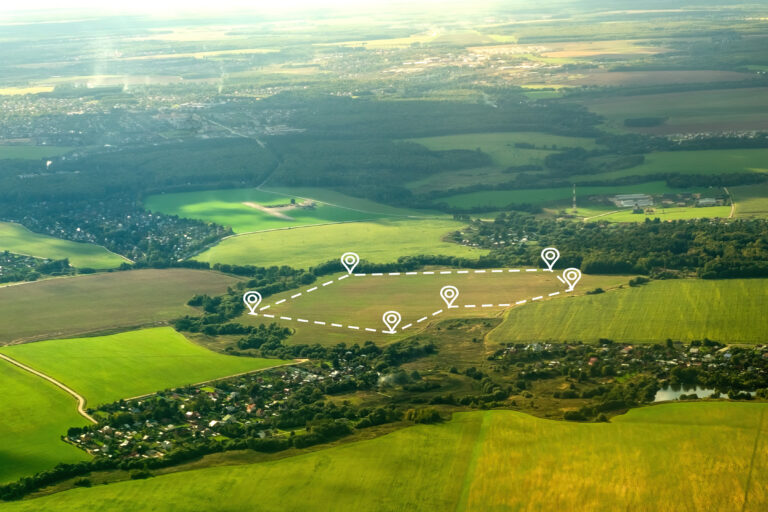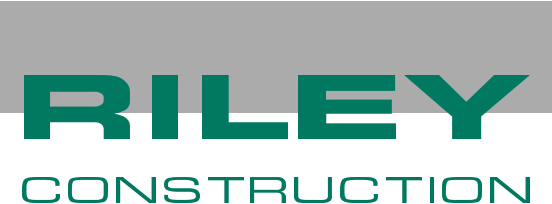Location, location, location! But there’s more to consider than the neighbors and view. Finding the perfect spot of land on which to build a commercial, industrial, or even municipal building is a process that requires precision and patience. The quality of the terrain, the proximity to certain natural elements, and various other factors play a leading role in the decision of where to construct commercial real estate.
Understanding project needs and meticulously examining the site to determine all potential issues before construction begins is consequential and can eliminate unexpected problems, schedule delays, and cost increases. This is a critical step for land developers, land brokers, business owners, and municipal leaders who aim to track down the ideal site for a new building.
Site Needs Vary Based on Project Goals

When determining the best site for a commercial, industrial, or municipal construction project, it is important to understand that needs vary based on specific project requirements and goals.
For developers and investors who can only charge what the market will bear for rent, the cost basis must meet return-on-investment requirements. But build-to-suit (BTS) clients are usually looking for a specific location to fit certain strategic or market needs and may have a workforce ready to use the space. These clients may be willing to invest more in land cost because the key factors for project success are typically driven by workforce availability and proximity to major interstates. These clients are evaluating their location based on long-term return on investment.
For private businesses searching for a new facility, the process will be similar, but the site will be evaluated heavily based on the business’s needs and return rates on the initial investment. On the other hand, municipal leaders planning projects like a public safety building or library consider sites that best serve residents while keeping prime real estate available for investors.
Key Considerations When Evaluating a Project Site
Regardless of the market sector, once site requirements are determined it’s time to evaluate a number of crucial details before finalizing a contract. All aspects of a potential construction site must be considered to detect any issues that need to be properly — and promptly — addressed. Ultimately, the overall cost of remedying issues must be weighed against the property’s cost.
These site considerations include:
- Access to utilities, including electric, gas, water, and sewer.
- Physical location, including accessibility to adjacent highways and transportation systems or other businesses and resources.
- Zoning allows the local government to regulate how land can be used for particular purposes, such as industrial, commercial, retail, residential, etc. A rezoning process may be necessary to meet the requirements of the city or county.
- Municipal codes and ordinances can vary depending on location and should be reviewed to identify any potential limitations or added costs.
- Soil type and conditions: The soil type as well as its moisture content matters a great deal when it comes to compatibility, possible contamination, and load bearing capacities. These qualities can significantly impact the cost and type of foundations and pavement designs used. If the soil is polluted, for example, alternative foundations may have to be used to support the building’s load.
- Wetlands: A wetland survey and/or delineation is required for most sites to determine any physical limitations. Wetlands for protected wildlife species or vegetation, including greenfield sites, often require additional federal, state, or local permitting and may limit the ability to develop a site.
- Environmental concerns such as air quality, noise levels, and hazardous waste.
- Site history, including potential environmental contamination or the presence of buried infrastructures, utilities, or left behind debris.
- Size and shape: The size and shape of a site may affect the layout, building design, and overall cost of development.
- Topographical analysis involves assessing the natural features and contours of a location to determine its suitability for construction projects. Considerations like cut or fill, haul off or balance, and retaining walls come into play to address the need for excavation or filling, managing surplus soil, and providing structural support respectively.
- Site orientation and views: The orientation of the site can impact energy efficiencies and solar gain, while the views from the site can impact the desirability of the development.
- Adjacent land uses: The use of adjacent properties can impact the development, such as the potential for excess noise or odor, compatibility, or the need for buffering.
- Site security: The level of security required for the site may include fencing, cameras, and security personnel.
- Site access: The ability to access the site for construction and operation of the building should be evaluated, including potential traffic impacts or the need for special permits or approvals.
- Local and state tax incentives or programs could provide additional financial benefits to a projects bottom line.
Ensuring due diligence during your initial site search can save both budget and time when determining the best location for your project. To learn more about how to evaluate your next building project site, contact Project Development Manager Alex Egan at alexe@rileycon.com.
Learn more about the site analysis and stabilization process.

